Staying Power in the City
A surprising number of Greensboro’s most beloved restaurants are three decades old and counting . . . and remain choice spots for exceptional food and great conversation
By Billy Ingram
Looking back 30 years, many of us can recall dining experiences with friends and family at venues that are visited only in unforgettable memories: Jordan’s Steak House, Laredo’s Neon Cactus, Market Street West, The Nicholas, Amalfi Harbour, Equinox, Cellar Anton’s, Saltmarsh Willie’s and Madison’s.
In more recent times, we’ve lost old favorites like Your House, Bill’s Pizza Pub on Gate City Boulevard, Jan’s House and Green’s Supper Club but, if you happen to be in the mood to dine at a restaurant steeped in local history, your choices are surprisingly abundant. Each of these beloved dining rooms has been around for 30 years or more in the same building serving signature dishes prepared the way they were three decades ago. Keep in mind, some are only open for two meals a day and others close on weekends.
There are many more than worthy candidates in Greensboro that, for limited page space in this magazine, we didn’t get to —Frosty’s Barbecue on Summit, Acropolis, Mayberry Ice Cream on Summit, New York Pizza on Tate, Fisher’s Grill, among others — but be patient; we’ll get to them eventually. For now, bon appétit!
Brightwood Inn
Our area’s oldest eatery sits just outside Greensboro near Whitsett on U.S. Highway 70. The Brightwood Inn is the only place around these parts where Elvis dined, pulling up front in his pink Cadillac on February 15, 1956, a pause between gigs in Burlington and Winston-Salem, and ordering a hamburger with lettuce and tomato and a tall glass of milk. It won’t be hard to locate the booth where The King held a brief but historic audience. It is preserved as a holy shrine. This, by the way, would be one of the last weeks Elvis could relish any sort of anonymity. By summer he was topping the pop charts with songs like “Heartbreak Hotel,” “Blue Suede Shoes” and “Hound Dog.” Brightwood Inn served its first burger in 1950.
Bernie’s Bar-B-Q
Off the beaten path, Bernie’s Bar-B-Q also began life in 1950 — as Beverly’s Bar-B-Cue on Winston-Salem Road (West Market today) before moving to a nondescript cinder block diner built in 1962 at 3002 East Bessemer. When Bernice Truitt purchased the business in 1983, she updated the sign out front and little else. Everything is freshly prepared daily with the kitchen lights flickering on at midnight. The menu is unapologetically spare, concentrating on what they do best in no-nonsense surroundings.
Joining me for lunch is photo-illustrator Joe Bemis, who just got back from France where he participated in the momentous 75th anniversary commemoration of D-Day. He was there to chronicle the re-enactment of 82nd Airborne paratroopers descending on the town of Sainte-Mère-Église. OThey accidentally dropped in on a German-occupied town,T Joe says of that fateful firefight in 1944. Remember the movie The Longest Day where Private Steele’s parachute gets caught on the church steeple? That’s where I was, in that square.” The service is fast at Bernie’s. Our traditionally prepared “Lexington-style” barbecue arrived in a flash. The tangy pulled pork was paired with some of the best sweet hushpuppies I’ve ever tasted. Between bites, Joe tells me about what he describes as one of the most beautiful sounds he’s ever heard: A column of Sherman tanks rumbling towards him. “One of the soldiers pointed me out saying, ‘C’mon up.’ So I got to sit on one of the Sherman tanks while it was moving through town. With crowds of people all around, it looked like the town was being liberated all over again.” And talk about old-fashioned: Bernie’s Bar-B-Q opens at 6 a.m. every morning, to get the full-working man’s dining experience eat at the lunch counter.
2603 East Bessemer Avenue, Greensboro
(336) 274-1256
Brown-Gardiner Fountain
Speaking of lunch counters, in the 1950s and ’60s almost every drug and variety store had one. There’s only one I know of remaining today, inside Brown-Gardiner Drug on North Elm. Their staff has been plating old-fashioned flat-top burgers, breakfast plates loaded with sizzling bacon and sausage and, of course, classic toasted cream-cheese-and-olive sandwiches since 1965 when W. C. Brown and Paul L. Gardiner relocated from a corner spot on East Northwood. Brown-Gardiner’s sprawling luncheonette almost instantly became a favorite neighborhood hangout right from the start. The cafe portion of the store was expanded a decade ago to accommodate new generations seeking comfort food and fountain sodas. As a little girl in the early 1970s, my cousin Berkley fondly recalls her father Berk Ingram carrying her on his shoulders to Brown-Gardiner from their home in nearby Browntown for buttery grilled cheese sandwiches slathered with mayo. You can still get one just like it.
2101 North Elm Street, Greensboro
(336) 275-3267 or browngardiner.com
Stamey’s Barbecue
Stamey’s High Point Road (now Gate City Boulevard) was brought to Greensboro in 1953 by C. Warner Stamey, who smoked the competition with what he learned from Lexington’s legendary pitmasters Jess Swicegood and Sid Weaver. The barbecue is and was roasted for hours over a glowing pit of hickory coals then served with a distinctive and rich sweet’n’sour Lexington-style sauce. Warner Stamey, an innovator, was one of the first restaurateurs to offer drive-in, car-hop service, which took a back seat in 1979 when the dining room was modernized and expanded. Warner’s son, Chip, stokes the coals nowadays and the barbecue is one of the few for miles around that’s still cooked low and slow over hickory.
2206 West Gate City Boulevard, Greensboro
(336) 299-9888 or stameys.com
Lucky 32 Southern Kitchen
Like a comfy pair of slippers, Lucky 32 is always a nice fit for whatever occasion. Or no occasion. Serving familiar favorites with a Southern accent and sourcing local produce and artisanal products, Lucky 32 features a rotating seasonal menu that includes, for fall, Brunswick stew, shrimp and grits, cornbread with pot licker and their renowned collard greens all tangled up with country ham.
My noontime mate is Margaret Underwood who, well into her 80s, has retired from a long and varied career spent, for the most part, in the medical science field — nanotechnology technician at Cone Hospital, biologist at Chapel Hill at North Carolina Memorial and serving as a med tech for Dr. Charlton Harris among many other unrelated pursuits.
Diving into a divine-looking grilled salmon salad, she paints a picture of a more distant Southern landscape of the early-50s. “I had a science background and I wanted to study medicine at Carolina,” she says. “I talked to the dean of the medical school, Dr. Berryhill, and he said, ‘Margaret, If you do this you’ll be taking the place of some young man who will one day have a family and children to support. And I can see you starting your practice for a few years, then you’ll have a husband and children and you’ll quit the practice. You really shouldn’t do this.’”
Undaunted, Margaret ventured over to Cone Hospital to talk with one of their pathologists, Dr. Lund. “He said ‘I’ll tell you what. If you go to UNCG and sign up for my class, if you make one of the top two grades, I’ll let you into our school of nanotechnology at Cone.’” Margaret was class valedictorian. “There was just a small group of us,” she says of the nanotechnology department at Cone in the 1950s. “My picture is still up there in the lab,” she said, savoring the last bit of chocolate chess pie.
1421 Westover Terrace, Greensboro
(336) 370-0707 or lucky32.com
Yum Yum Better Ice Cream
This Greensboro institution began as a downtown pushcart in 1906 operated by founder W. B. Aydelette Sr., who once told his children (who have kept the business going for more than a century), “I dream about ice cream.” Success led to a full-service operation in 1922, called West End Ice Cream Company, which rounded the northwest corner of Spring Garden and Forest. The bargain-priced, oh-so-red hot dogs and handmade ice cream quickly became a Woman’s College and neighborhood favorite. Rechristened Yum Yum Better Ice Cream after UNCG expansion forced them to relocate in 1973, the Aydelette family moved across Spring Garden Street, next door to Old Town Draught House. Still stuffing buns with Carolina-style red hots topped with slaw, chili and onions for less than two bucks, Yum Yum entices most folks to finish off their meal with one of its many flavors of ice cream, made on the premises the way it was a century ago. Some things never change. Nor should they.
1219 Spring Garden Street Greensboro
(33) 272-8284 or facebook.com/yumyumbettericecreamandhotdogs/
Beef Burger
Burgers are all the rage in Greensboro with Hops Burger Bar and BurgerIM leading the pack when it comes to over-the-top gourmet ground beef concoctions loaded down with exotic toppings such as goat cheese, habanero aioli, sunnyside-up fried eggs, jalapeño bacon and fried green tomatoes. And then thereBs Beef Burger . . .
This funky anachronistic burger joint opened in 1961, originally part of the Biff (Best In Fast Food) Burger chain. While competitors like McDonald’s and Burger Chef were charging 20 cents, Biff Burger sold their standard burger for a penny less. After Biff Burger nationwide went under in the mid-1970s, Ralph Havis decided not to close his franchise. But to be on the safe side, in 1981 he modified the Biff to Beef on the signage, then expanded the menu board to include dozens of unlikely options like zucchini sticks, fried okra, chicken livers and a pretty darn good ribeye sandwich that keeps me coming back. One of only two surviving Biff Burgers preparing a 100 percent authentic Super Burger on one of the chain’s proprietary and original “Roto-Red” rotisserie broilers.
When I pointed out to Gavan Holden, lead singer of the rock band Basement Life, that the owner of Beef Burger has won the lottery multiple times with big money payouts, Gavan asks, “Then why doesn’t he spend some of that money fixing this place up?” Heaven forbid!
1040 W. Gate City Boulevard, Greensboro
(336) 272-7505 or biff-burger.com/beefburger.htm
The Pavilion
My lunch companion at Pavilion, preparing Italian, Greek and traditional Southern dishes for 35 years on Vandalia, is none other than Joey Barnes, original drummer for the rock band Daughtry, who later enjoyed a successful solo career. He’s currently jamming on tour with The Dickens, this time on keyboards. The guy can literally play any instrument. Coincidentally, Joey’s grandmother lived in the Pinecroft neighborhood when he was a youngster and, like myself, Joey hadn’t dined at Pavilion in two decades.
“I’m about to go into the studio to record,” Joey tells me as I pause from popping one after another of the onion straws with ranch dressing appetizer into my mouth. “So all my time outside of The Dickens has been spent in preproduction, doing demos and trying to figure out the sound, the way I want to hear the record.” After years of playing pickup gigs, “I’m exhausted, I’m kinda worn out,” he confesses. “Being creative is the only thing that really keeps me going. The Dickens do so well that I can afford to take a week and focus on being inspired.” And tucking into a plate of the Pavilion’s spaghetti pepperoni.
Joining the conversation, Manager Phillip Nixon to discusses the history behind Pavilion. “My Dad [Steve Nixon], in the ’60s, started with a little place called The Flamenco at Golden Gate Shopping Center,” he explains. “It got very popular so he grew that location. Next thing you know he has two or three more locations and a little frozen food company.” Expansion happened a little too quickly, “Eventually we found this location here and we kind of started over again. Mom has passed away, but myself, Mom and Dad worked together here and it clicked.” Steve Nixon remains involved with the day-to-day operations.
The menu is expansive with everything from roast leg of lamb to flaming shish kebab. Fans of the old Flamenco may recognize many of the entrees. Me, I couldn’t resist the ribeye steak (amazing seasoning) with a side of lima beans. Service is personal and attentive thanks to our waitress Sophie.
A lot of things in this world aren’t like what they used to be, including the music business, Joey says. “Nobody buys CDs anymore, vinyl has actually surpassed CD sales, but the numbers still aren’t great,” he points out. “And the digital download is probably going to go away too. With every advance in technology musicians get paid less and less.” Meanwhile, at the Pavilion, you can still experience the essence of mid-century Greensboro family dining, one firmly rooted in Greek culture.
2010 W. Vandalia Road, Greensboro
(336) 852-1272 or pavilionrestaurant.com
K&W Cafeteria
If there were an antonym for haute cuisine it would be K&W on Northline Avenue. Opening in 1977 to anchor the troubled Forum VI shopping mall (now Signature Place), it was an immediate success. In those days, both lanes leading to the serving line would be packed. Today, one lane snakes down a hallway with nostalgic photos featuring the cafeteria’s storied history. The decor and dedication to serving home-style fare with little flair has barely changed in 42 years. And the prices and value are hard to beat, not to mention dozens of cakes and pies calling your name as you near the check out. And where else can you find both Waldorf and Watergate salads?
3200 Northline Ave., Greensboro
(336) 292-2864 or kwcafeterias.biz
Lox Stock & and Bagel and First Carolina Deli
Holding down their cozy nook at the Oakcrest Shopping Center off Battleground since 1977, Lox Stock & Bagel is known for extraordinary concoctions like the Belmar (grilled prosciutto, with Swiss and spicy mustard), Double Devil Dogs (Kosher dogs, smothered in melted American cheese, grilled onions and peppers with, of course, spicy mustard), and my fave the Rutherford (rare roast beef, Muenster, horseradish, mustard and tomato on a bialy).
Because it’s walkable for me, my go-to delicatessen lately has been First Carolina on Spring Garden, the very embodiment of a genuine New York deli, both in decor and authenticity, since making their first pastrami and rye back in 1985. And did I mention draft beer, an eclectic wine selection and fresh-baked cookies?
Lox Stock & Bagel
2439 Battleground Avenue, Greensboro
Phone: (336) 288-2894 or loxstockandbagel.net
First Carolina Deli
1635 Spring Garden Streew, Greensboro
(336) 273-5564 or firstcarolinadeli.com
Cafe Pasta
For reasons unknown to me, it’s been a decade since I’ve been back to Cafe Pasta, it pleases me to say their Italian feasts are as sumptuous and delicately prepared as ever; the ambience thankfully barely altered. Very much like coming home. My dinner guests are musical chanteuse Jessica Mashburn and singer-songwriter Evan Olson, celebrating their upcoming 10th anniversary performing as a duo every Wednesday evening from 7 until 10 p.m. at Print Works Bistro adjacent to Proximity Hotel. They started dating in 2005. “We knew each other for a couple of years through music before we started dating,” Jessica says as she sips a glass of iced tea. “Back when Evan was playing for Walrus and Bus Stop.” They were married in 2009. “Now, our Print Works gig is totally a part of the rhythm of our week,” Jessica tells me as she dips a bite of three-cheese ravioli into savory marinara sauce.
A recording artist with eight albums under his belt, Evan has written jingles for a number of commercials. “I wrote one for Hershey’s,” Evan says. “That was my first big one. There was Mercedes Benz M Class when they came out with the SUV.” Now he focuses more on composing songs that get inserted into TV shows and movies like Sex and the City, Law & Order, The Young and the Restless, even Scooby-Doo.
Shortly before our tasty antipasto and scrumptious hors d’oeuvres arrive, Cafe Pasta owner Ray Essa stops by to demand curtly, “Sorry sir, we need this table. Goodnight. Thank you for coming.” Turning his furrowed brow into a wide grin, he lets us know he is just kidding and launches into a little history: “We’ve been here 35 years, my brother and I started it,” Ray says. “This used to be two-thirds of the old Star Theatre, the ceiling goes up another 12 feet.” Because the original concrete floor was slanted downward, it had to be built up and leveled. The upper deck at the front of the place was once the movie palace’s balcony.
Two things about the food, when Cafe Pasta says their cuisine is classic, creative and fresh, they mean it. And they couldn’t be more accommodating to guests: “We’re one of the few places, you want something cooked special, we’ll do it whether it’s on the menu or not.”
“Not only is Ray a restaurateur, he’s an entertainer,” Evan tells us. “You know, he was on The Ed Sullivan Show.” Ray performed as a youngster in a family band not unlike The Partridge Family. “There were eight of us altogether, I was 5 years old,” he recalls. “When I was backstage and saw that little Topo Gigio puppet lying flat, I was devastated. I thought he was dead!” Fender was impressed; they gave young Ray two guitars after the taping. “Then they discovered I wasn’t really any good,” he says. “So they took them back.” Who knows whether he’s kidding or not? As for contemporary entertainment, “We play a little bit of everything from the last 50 years and beyond [at Print Works],” Evan says. “We’ll do anything from The Beatles to Marvin Gaye,” Jessica adds. “I believe people come to see what Jessica is wearing and I’m just the guitarist,” Evan says half joking. “She’s always being creative with her hats, that adds a lot of flair.”
305 State Street, Greensboro
(336) 272-1308 or cafepasta.com
Church Street Cafe
The oldest continuously run restaurant inside city limits would be Church Street Cafe, formerly known as Church Street Drive-In, a.k.a. What-a-Burger. Under new ownership since last year, one wonders if they changed the name of the place after at least two vehicles took the “Drive-In” concept just a little too far by actually plowing directly into the diner, leading to months of repairs. Now they’re back with loyal patrons on Facebook raving about the signature What-A-Burger, served off a flat-top griddle, and the bargain-priced hot dogs. “I’ve been enjoying What-A-Burgers for 56 years,” says one of them, “and I still consider it to be the best burger available anywhere!”
3434 North Church Street, Greensboro
(336) 285-7960 or facebook.com/Church-Street-Cafe-featuring-the-What-A-Burger-503610379718988/ OH
Billy Ingram would like to point out that, while it’s true that Libby Hill Seafood, Southern Lights, Bill’s Pizza Pub, Tex & Shirley’s, and Darryl’s were all around three decades ago, and remain top-tier, they’re no longer in the original locations.

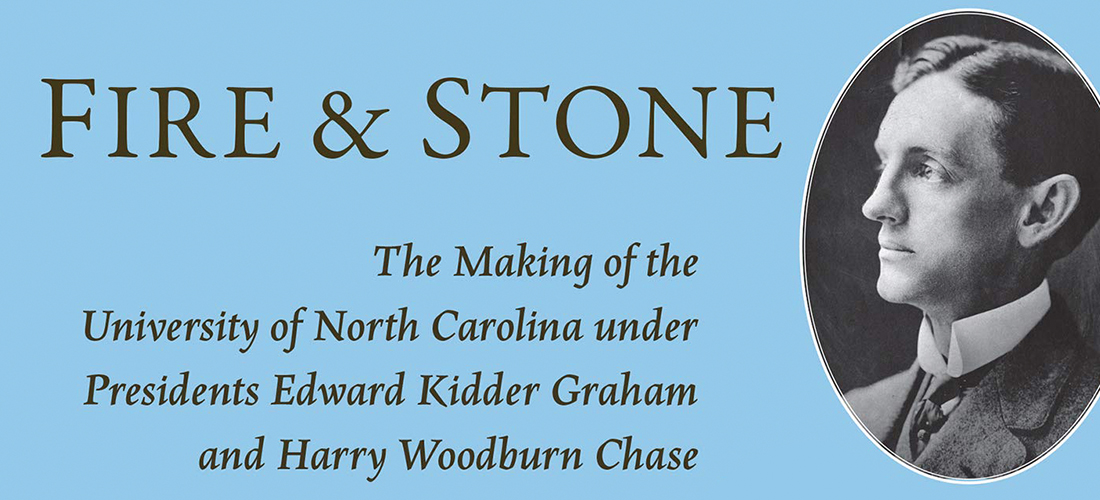


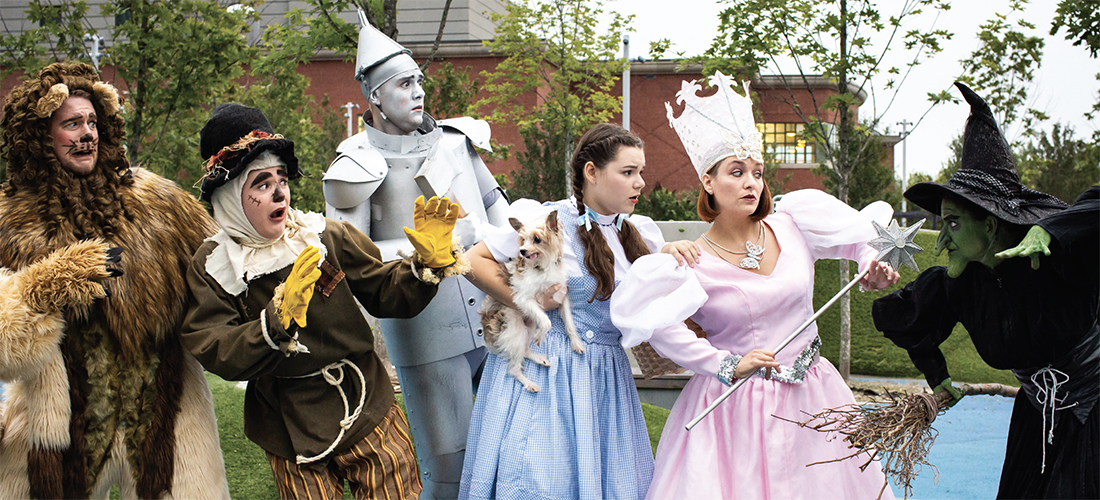
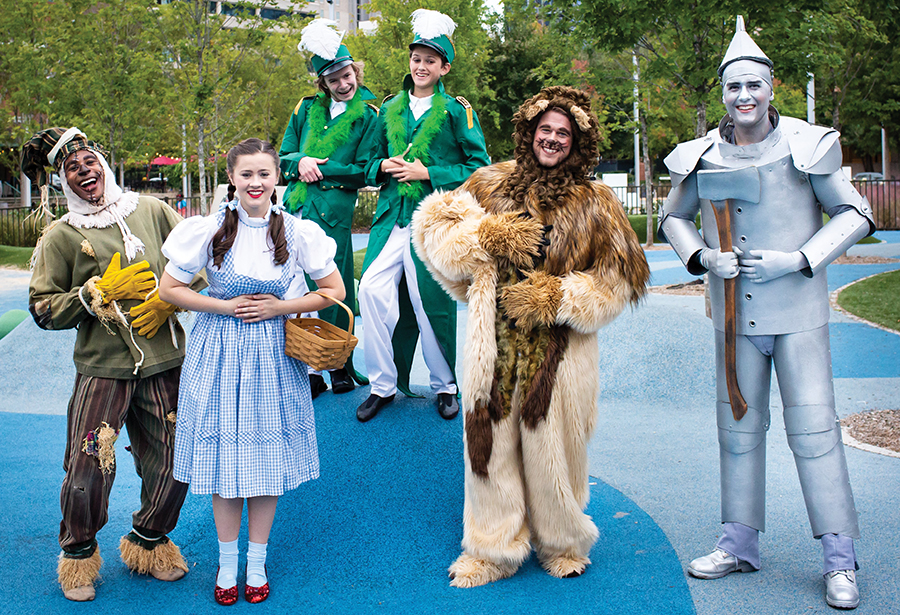 J
J Their first youth production kicked off in 2008 with High School Musical. Many other famous musical productions adapted for younger audiences have found their way onto the stage through Music Theatre International’s Broadway Junior series.
Their first youth production kicked off in 2008 with High School Musical. Many other famous musical productions adapted for younger audiences have found their way onto the stage through Music Theatre International’s Broadway Junior series.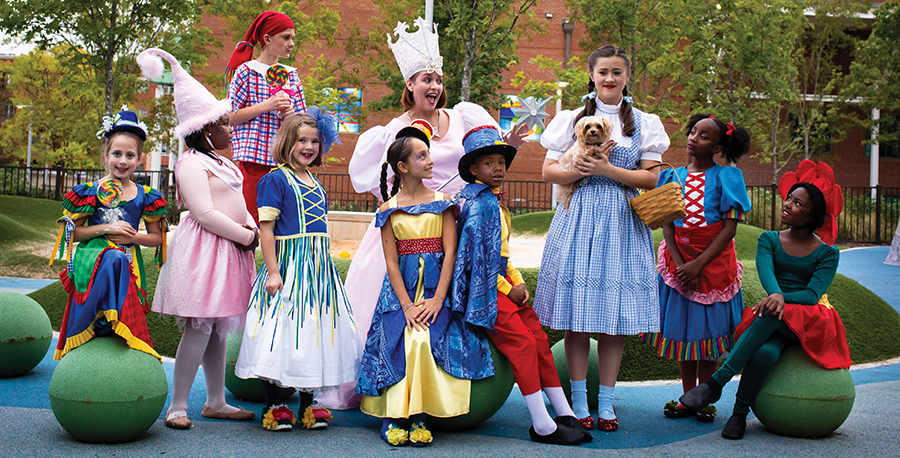 The scale of CTG’s Oz is in and of itself dazzling. Because of its popularity, it’s the one show staged at the historic Carolina Theatre. The roughly 100-
The scale of CTG’s Oz is in and of itself dazzling. Because of its popularity, it’s the one show staged at the historic Carolina Theatre. The roughly 100-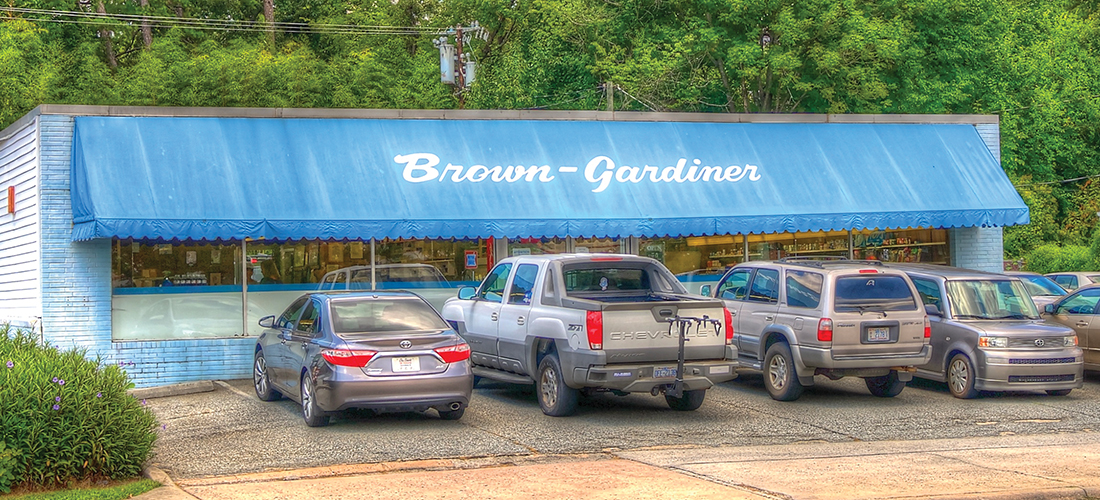

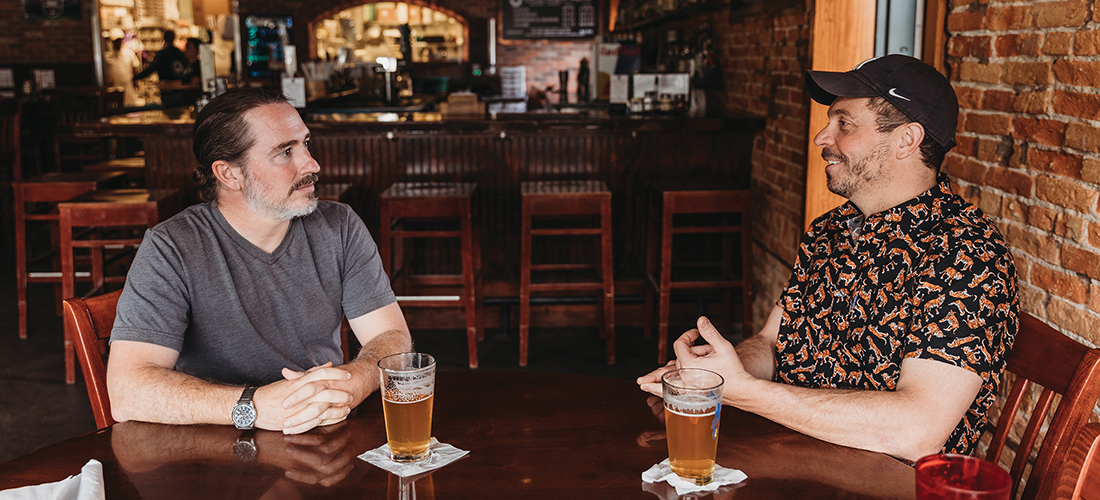

 never cooking alone, even at my most solitary moments. I am surrounded by generations of cooks, their wisdom, laughter, and their flawed and perfect recipes lifting my hands and heart savoring each ingredient as I realize that each ingredient represents all the joys, sorrows, healing and restoration of my life’s journey. These unseen hands hold me in passionate surrender to generosity as family and friends gather at my table reminding me that food creates community, holds my sense of identity, and conjures sensory surprises over and over again. The ghosts of other tables, other kitchens remind me that we are all just ingredients, and what matters is the grace with which I cook the meal.
never cooking alone, even at my most solitary moments. I am surrounded by generations of cooks, their wisdom, laughter, and their flawed and perfect recipes lifting my hands and heart savoring each ingredient as I realize that each ingredient represents all the joys, sorrows, healing and restoration of my life’s journey. These unseen hands hold me in passionate surrender to generosity as family and friends gather at my table reminding me that food creates community, holds my sense of identity, and conjures sensory surprises over and over again. The ghosts of other tables, other kitchens remind me that we are all just ingredients, and what matters is the grace with which I cook the meal. The inlaid glass sideboard was majestic with a centerpiece of magnolia, camellia and gardenia blossoms fresh cut from my grandmother’s flower garden and hosting cut glass pedestals of scrumptious coconut cake, petit fours, homemade (pink, green, yellow) mints, fresh strawberries, chocolate-covered peanuts, and my grandmother’s famous secret recipe egg custard. Pitchers of brewed mint tea and punch bowls bearing icy rainbow sherbet flanked both sides of the dessert display waiting to be admired and devoured by the white-gloved missionaries.
The inlaid glass sideboard was majestic with a centerpiece of magnolia, camellia and gardenia blossoms fresh cut from my grandmother’s flower garden and hosting cut glass pedestals of scrumptious coconut cake, petit fours, homemade (pink, green, yellow) mints, fresh strawberries, chocolate-covered peanuts, and my grandmother’s famous secret recipe egg custard. Pitchers of brewed mint tea and punch bowls bearing icy rainbow sherbet flanked both sides of the dessert display waiting to be admired and devoured by the white-gloved missionaries.

 F
F
 F
F



